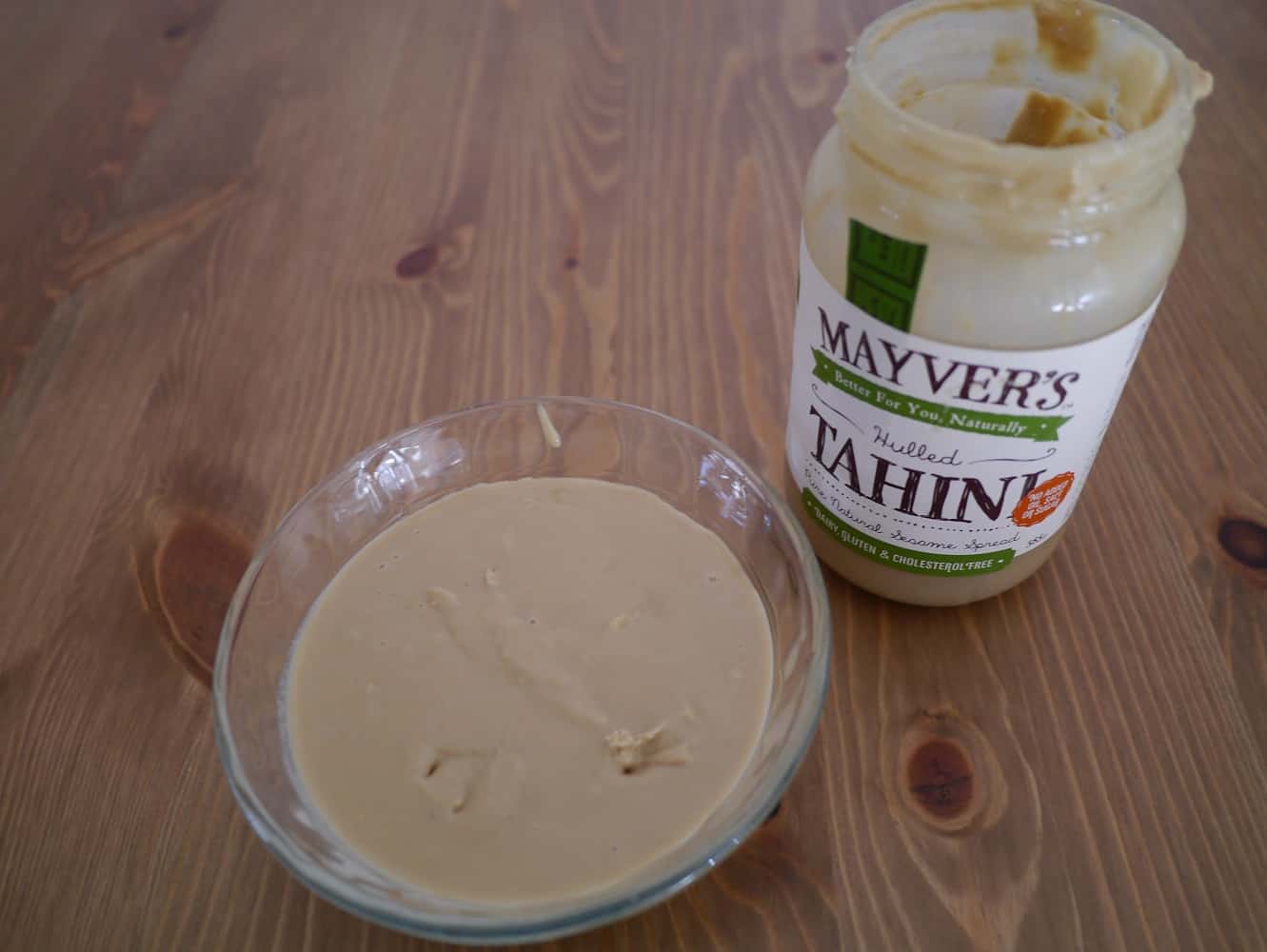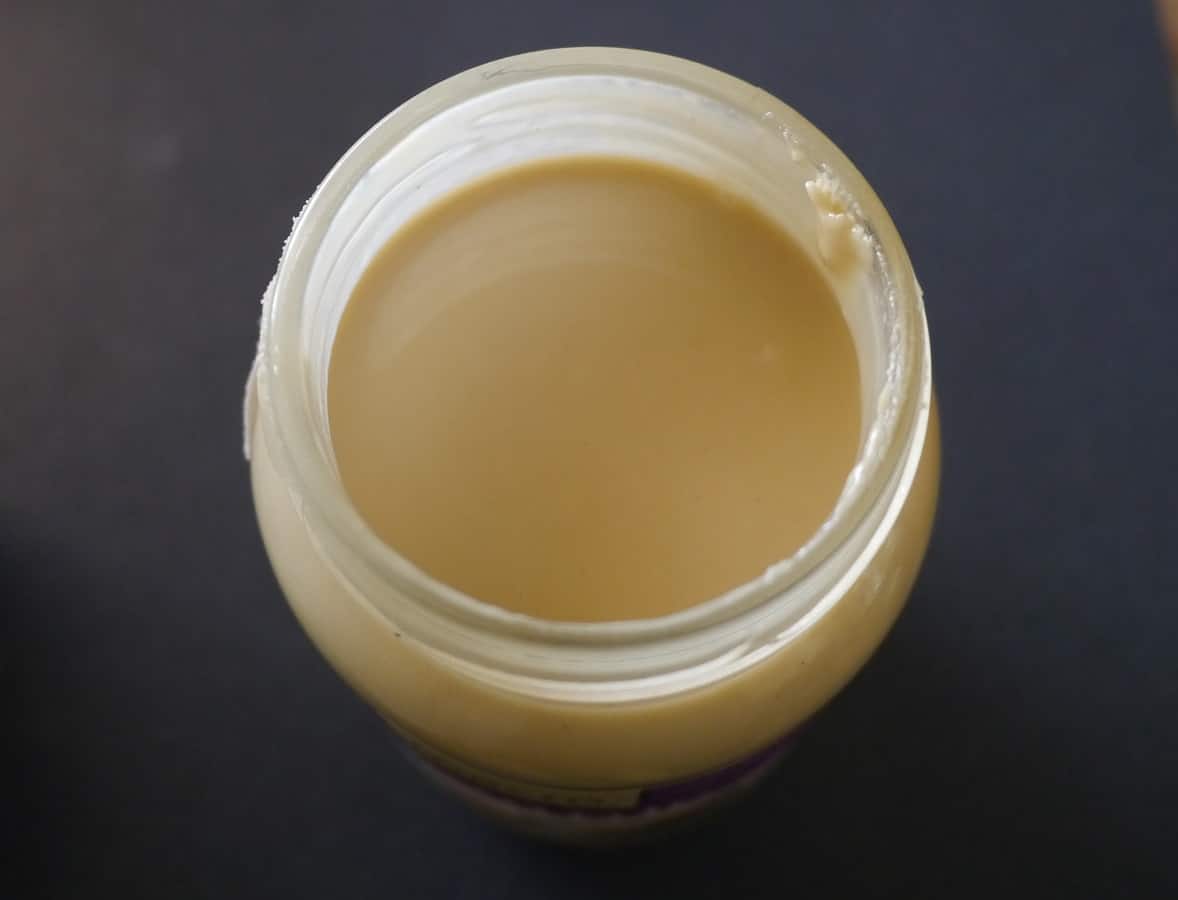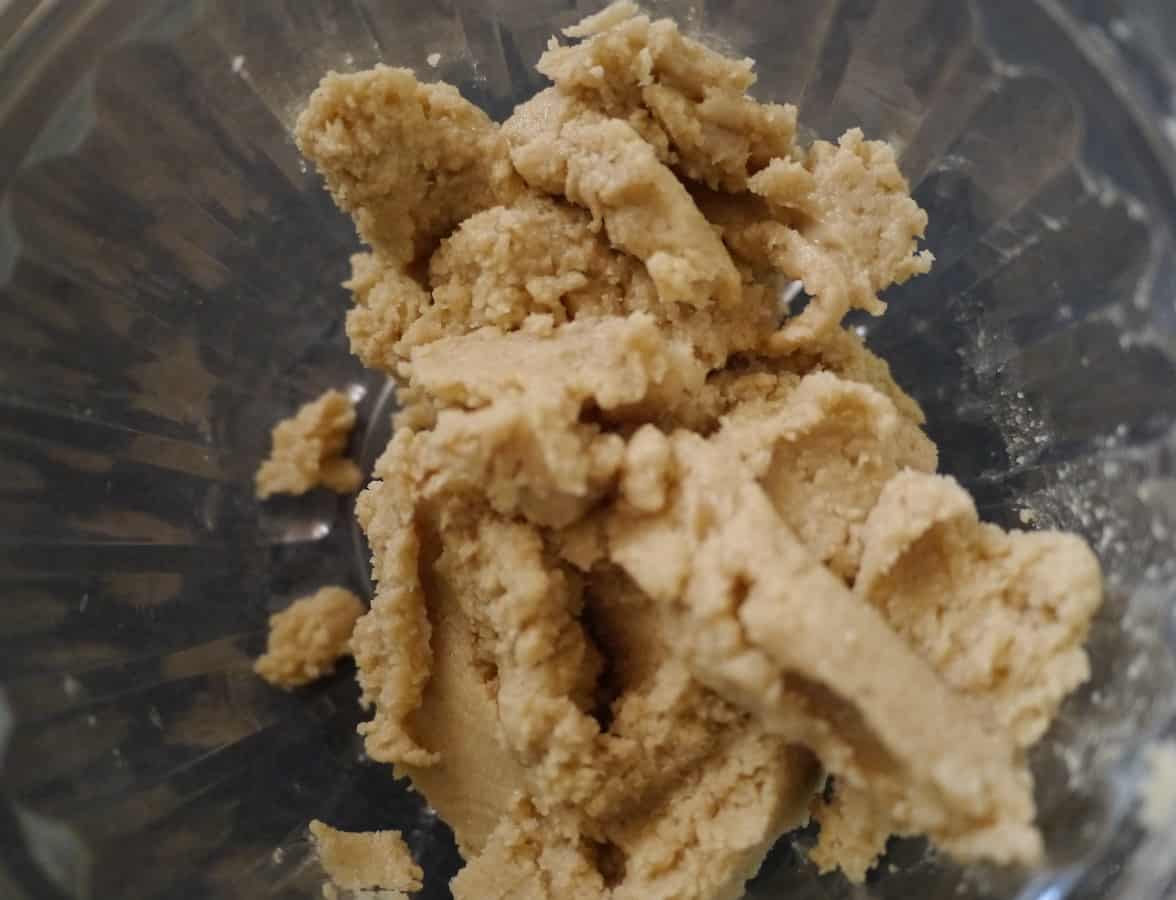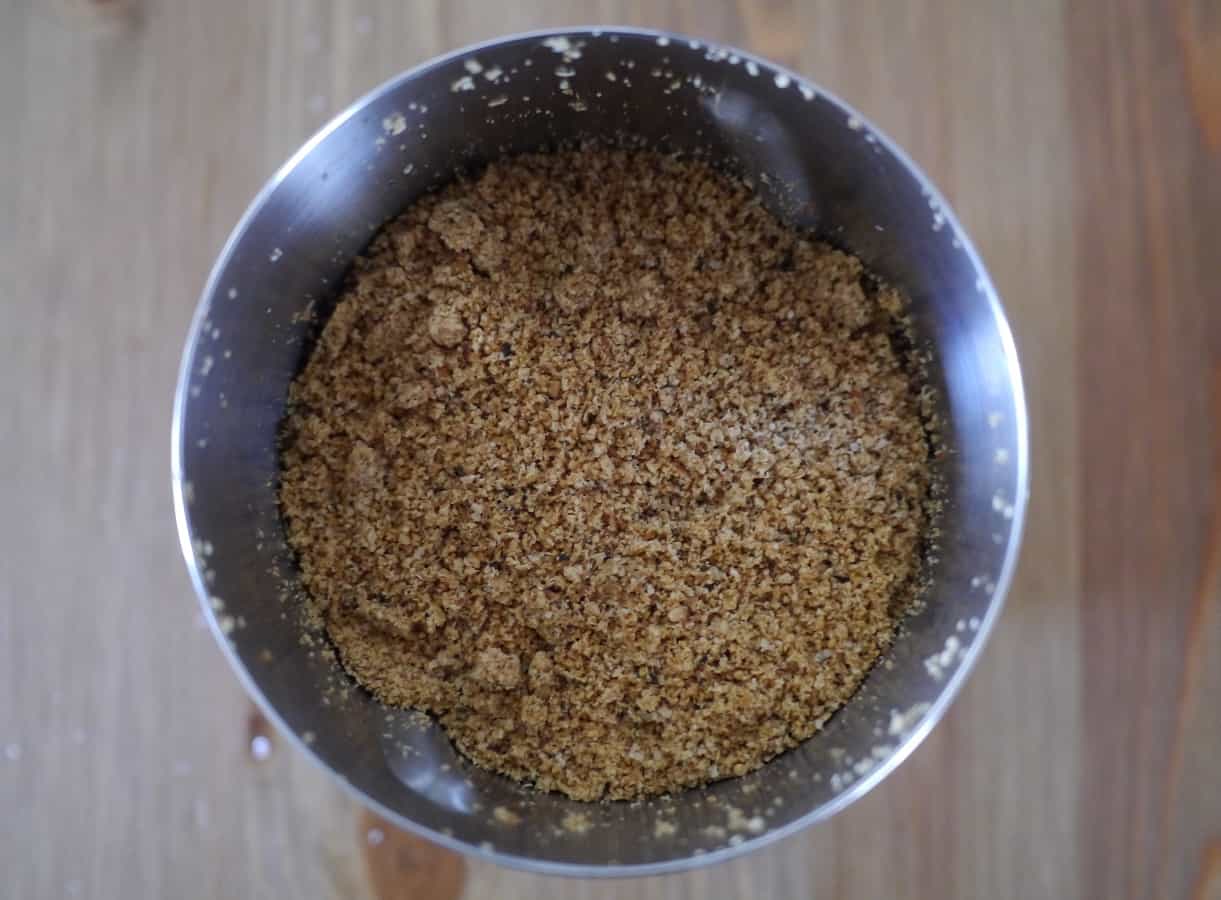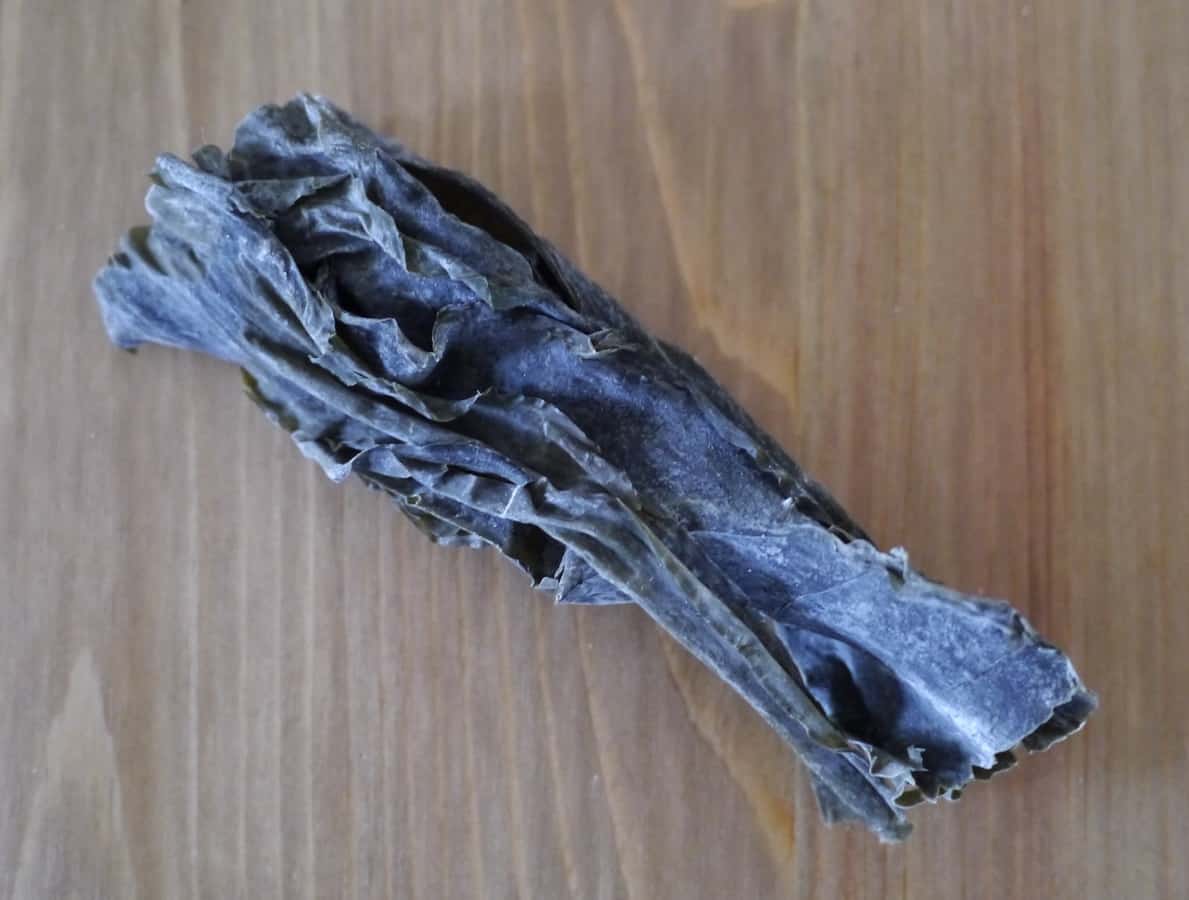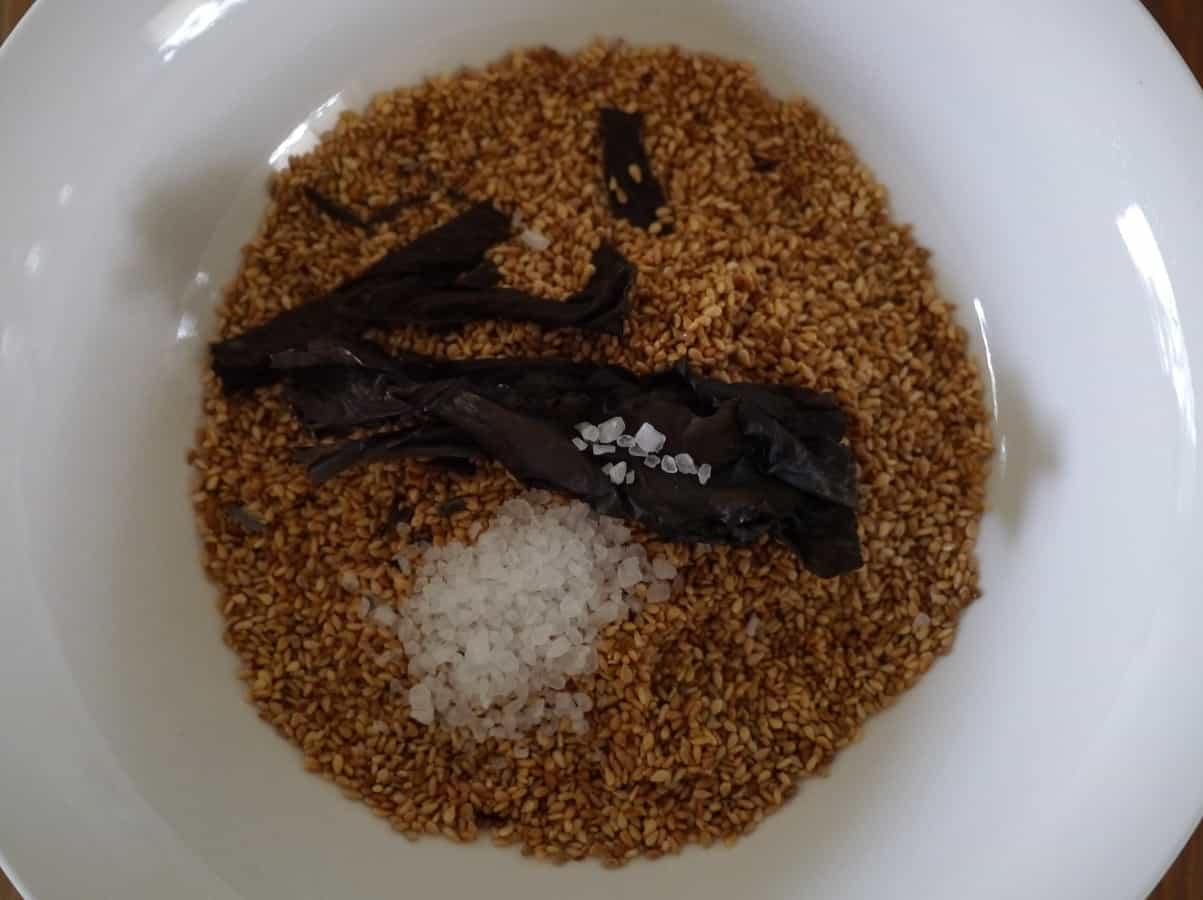Tahini, pursuing a waste-free home…and when things don’t go to plan
I am currently addicted to tahini. What started as distrust for its strong and distinctive flavour has gradually grown into full-on love, and now I can’t get enough of the stuff. I use it in hummous, in baking, as a salad dressing, to make potato salad, as a replacement for mayonnaise and butter. Mmm, it is delicious.
But it comes in a glass jar. In my quest for a zero-waste home I’m trying to cut out all unnecessary packaging, and the quicker I go through tahini, the more jars I end up with. (I re-use my glass jars rather than recycle them as they end up being used as road base here in Perth, which seems a waste to me. But there’s only so many jars that I need.)
The label on the jar proudly states “just natural hulled sesame seeds”. No added oil, salt or sugar. So, I figured, I can just blend some sesame seeds in a food processor and make my own.
Turns out, it isn’t that easy. The resulting mass was nothing like the glossy, runny, beautiful tahini I can buy in a glass jar. It was a grey, lifeless lump. Looks aren’t everything, I know. Sadly, the taste was pretty terrible too. Really bitter and quite unpleasant.
I’m wondering whether I should have roasted the sesame seeds. The jar doesn’t tell me that the seeds are roasted, but experience has taught me that roasted nut butters are infinitely better than raw ones. I think I’ll give it another go sometime, and toast the sesame seeds first.
In the meantime, I’ve been to the shop and bought myself a new jar of tahini. I’m going to try using the lump of ‘tahini fail’ in a tahini biscuit recipe that I make sometimes. I hope that the baking removes the bitter nasty taste. If not, the sugar and other ingredients should mask it.
Anyways, I thought I’d share with you, in case you’re feeling tempted to try to make your own tahini without consulting a recipe first. Which you’re probably not.
Ah well, we all have bad days!

